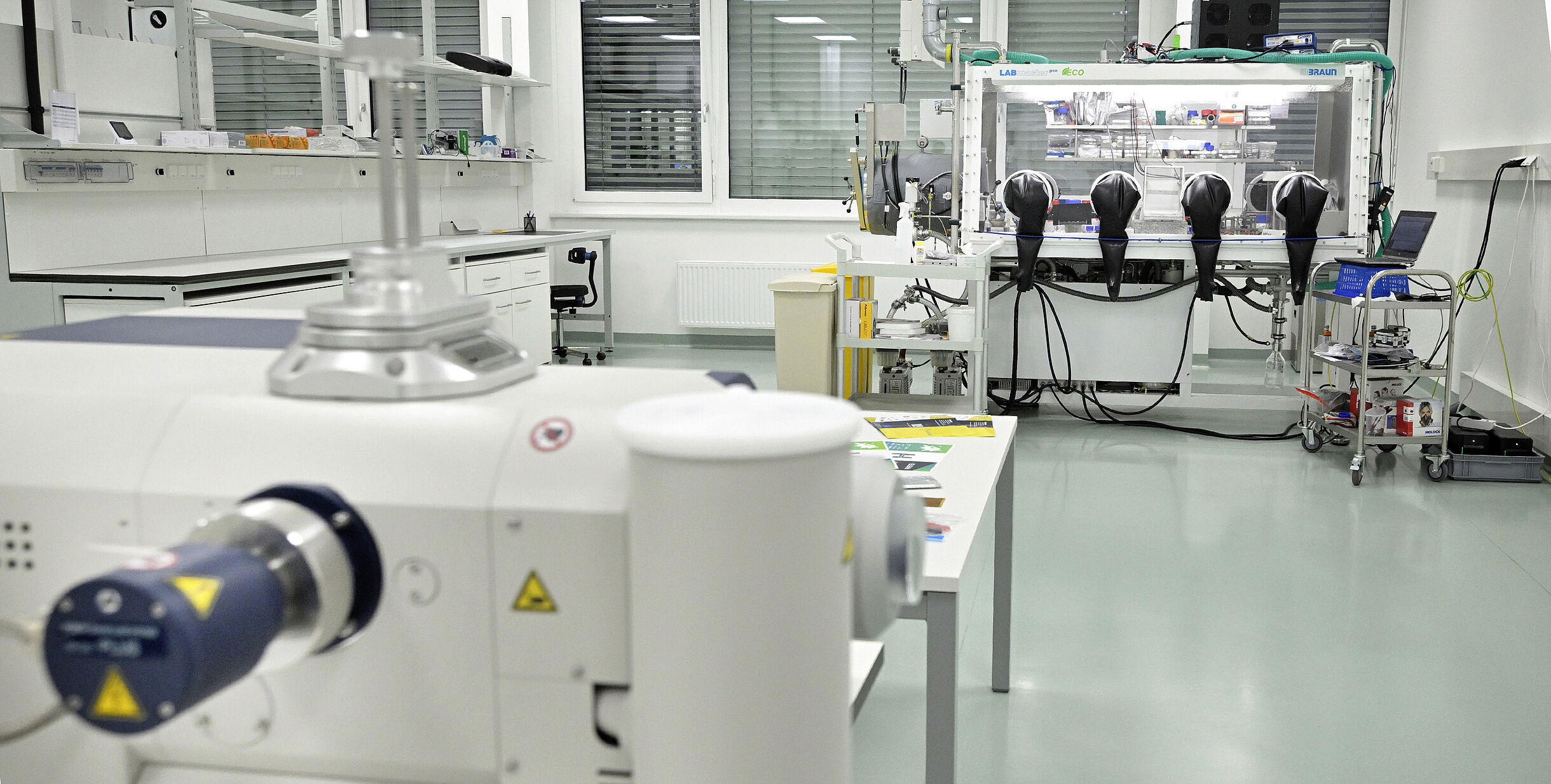The Austrian Institute of Technology is currently setting up the new Solid State Battery Lab to develop the next generation of batteries. A site inspection.

The Austrian Institute of Technology is currently setting up the new Solid State Battery Lab to develop the next generation of batteries. A site inspection.